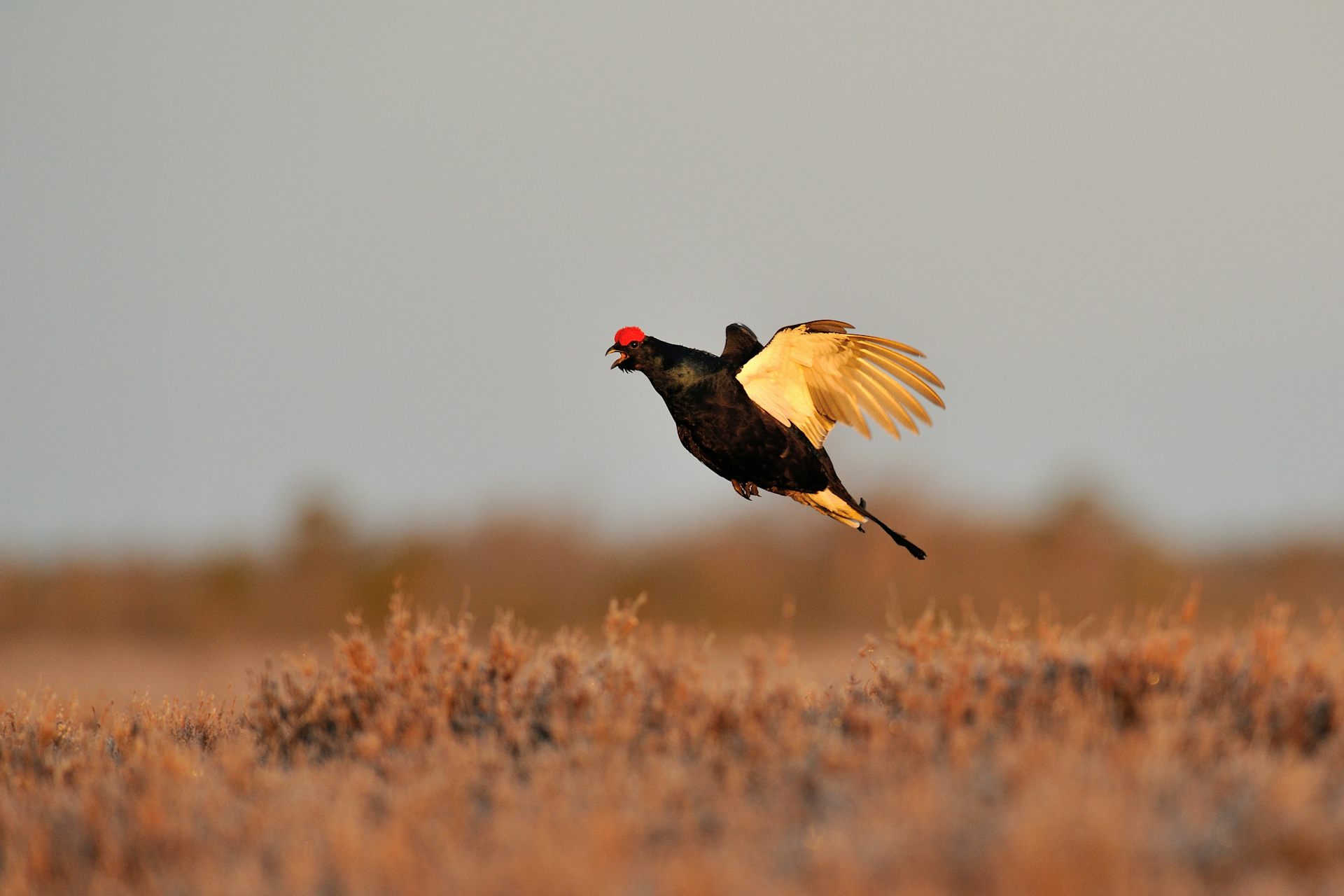
After a particularly long week of computer based work on my PhD, all I wanted was to hike somewhere exciting with a rich wildlife. A friend commiserated with me – I was based at Newcastle University at the time, and this particular friend wasn’t keen on the UK’s wilderness, its moorlands and bare uplands, compared to the large tracts of woodland and tropical forests that can be found more readily abroad.
Luckily, I count myself among many who are charmed by the rolling heather moorlands and sheep grazed uplands, whose colours change beautifully with the seasons. But my friend had a point – there is something very different about many of the UK’s national parks compared to those found in much of the rest of the world: the British uplands are hardly the natural wilderness that many perceive.
These upland habitats are in fact far from what they would have been had they remained unaffected by human activity. In particular, grazing by livestock has been carried out for centuries. In the long run, this stops new trees from establishing, and in turn reduces the depth of soil layers, making the conditions for new vegetation to establish even more difficult. Instead of the woodlands that would once have covered large areas of the uplands, Britain is largely characterised by rolling hills of open grass and moorlands.
Government policy has long been to keep these rolling hills looking largely as they do now. But the future of the British uplands is uncertain. Regulations and government policy strongly influences land management, and the biodiversity associated with it. In fact, the management required to maintain British upland landscapes as they are now – management that largely involves grazing by sheep – is only possible through large subsidies. And due to Brexit, this may change. A new agricultural policy will soon replace the often-criticised Common Agricultural Policy (CAP).
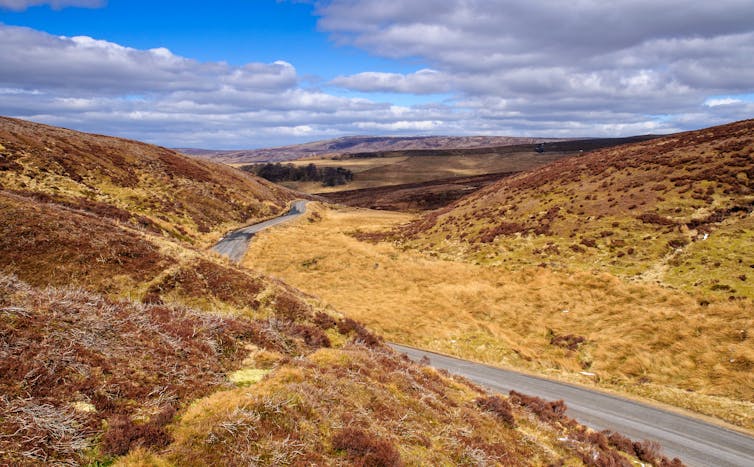
What this will look like remains unclear. There are a range of competing interests in the uplands. Some wish to rewild vast swathes of the land, while others want to intensify farming, forestry and other commercial interests. The rewilders tap into the increased interest in restoring natural woodland due to its potential in carbon uptake, increased biodiversity and reintroduction of extinct species such as wolves and lynxes, while some farmers argue that this will be bad for the economy. The UK stands at a crossroads, and interests are rapidly diverging.
Whatever path is taken will obviously have an impact on the unique assemblages of upland plants and animals, many of which are internationally important. But upland birds and biodiversity have for a long time been on the decline. Whether rewilding is the answer to this or not has long been debated: some claim that we need to stop grazing animals to allow the natural habitat to reassert itself, while others claim that some species, such as curlews, rely on such grazing practises for their survival.
But our new research, published in the British Ecological Society’s Journal of Applied Ecology, provides the first experimental evidence to our knowledge, that stopping livestock grazing can increase the number of breeding upland bird species in the long term, including birds of high conservation importance, such as black grouse and cuckoo. This is interesting, as it is often argued that land abandonment can result in lower biodiversity and that livestock grazing is essential for maintaining it.
Our research shows that, depending on how the uplands are managed, there will be bird “winners” and “losers”, but overall when sheep have gone the number of bird species returning increases.
A subsidised landscape
Before going into the research itself, it’s important to consider the history of British upland land management. Truly “natural” habitats in the UK are few and relatively small. Deciduous woodland, and to a lesser extent coniferous forests, used to cover most of the British uplands below the treeline. For example, only about 1% of the native pine forests that once covered 1.5 million hectares (15,000km²) of the Scottish Highlands remain today.
These woodlands provided homes for charismatic species such as pine marten, red squirrel and osprey, together with now extinct species such as lynx and bears. But centuries of farming has shaped most of the upland landscape to what it is today: a predominantly bare landscape dominated by moorlands, rough grasslands, peatlands and other low vegetation.
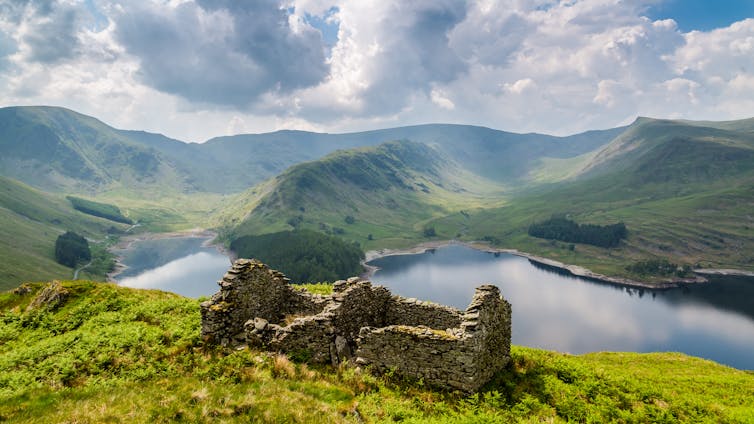
These marginal areas tend to have low financial profitability for those who farm the land. And so a range of other activities, such as grouse shooting and commercial forestry, exist to boost rural community incomes.
Despite their low profitability, however, many grazed areas are considered to represent “high nature value” farming. This seems paradoxical, but basically means they are considered important as habitats to protected species benefiting from open upland landscapes. One such species is the iconic curlew.
Because farming is tough in the uplands and it’s a struggle to make a profit, landowners receive, and often rely on, subsidies to maintain their farms. The form of these subsidies has changed over time, in line with the current perception of appropriate land management for food production. At the moment, the scale of these subsidies are based on the size of the farm, but they also require that the farmer maintains the land in a good agricultural state. This leaves little room for shrubs or trees, except along field edges, especially in England where there is no financial support for agroforestry (where trees are integrated in agricultural land).
But these subsidies will soon no longer be allocated through the EU – and so it’s time to reconsider what kind of land management should be supported. It seems sensible to consider introducing financial support for other land management types, such as reforestation, natural regeneration or wildflower meadows. Such habitats have other public and nature conservation benefits.
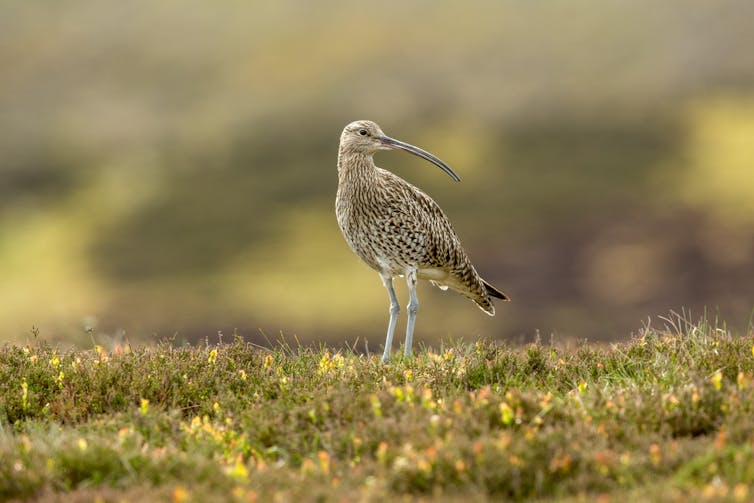
It’s not just farming and aesthetics that are at stake here. Challenges such as climate change and air pollution should also inform how financial support for appropriate land management is managed. For example, floods are predicted to become more common as the climate gets warmer. Reforestation can help to diminish floods, the roots channelling water down through the soil instead of letting it run off the land. Re-establishment of woodlands can also improve air quality: the leaves absorb harmful gases such as sulphur dioxide and nitrogen dioxide.
But rewilding, or any form of restructuring land management, can be costly. It therefore needs to be based on the best scientific evidence, preferably from well-designed experimental research studies. In controlled experimental studies, the cause for any effects found can more easily be determined, as opposed to observational studies, which risk being biased by other, confounding, factors. But due to the cost and complexity of maintaining them, long-term, experimentally manipulated land use studies are rare, and with it the necessary evidence base for long-term management decisions.
Experimental grazing
I’ve been lucky to be involved in one such long-term experiment. The Glen Finglas experiment, managed by the James Hutton Institute, was set up in 2002 in Scotland’s Loch Lomond and Trossachs National Park. The experiment examines the long-term ecological impacts of different livestock grazing intensity levels on plants, arthropods (insects and spiders), birds and mammals. These grazing levels reflect the conventional stocking rate in the region at the start of the experiment (about three ewes per ha), low intensity grazing at a third of the conventional stocking rate (with sheep only or both sheep and cattle), or no grazing at all.
The experiment has six replicates of four grazing treatments and covers around 0.75km² of land, with 12km of fencing. This may not seem large, but in experimental terms, it is. According to Robin Pakeman, a researcher at the James Hutton Institute who manages the project, the experiment constitutes “an unrivalled resource to understand how grazing impacts on a whole range of organisms”.
Since the start, the Glen Finglas experiment has shown that grazing intensity affects plants and the amount of insects and spiders. The highest amount of plants, insects and spiders were found in the ungrazed areas. This was not too surprising as grazing livestock removes vegetation, which results in reduced habitat conditions for insects and spiders overall (although some species benefit from grazing).
There have also been studies on carbon storage, vole abundances and fox activity within the experiment. These have shown higher carbon storage and higher fox activity in the ungrazed areas.
Meanwhile, the research on birds within this experiment has, from the start, focused on meadow pipits. These small, brown birds are the “house sparrows of the uplands”, yet often go unnoticed. But they are the most common upland bird and an important part of upland food webs, forming key prey for birds of prey such as hen harriers and a common host for cuckoos. The experiment has provided unique insights into the ecology of this fascinating little bird, and a much clearer understanding of how it is affected by grazing.
In just the first two to three years, it became clear that meadow pipits could be affected by grazing intensity. My PhD supervisor, Darren Evans, found that the breeding density and egg size were both positively affected by low intensity mixed cattle and sheep grazing. But there were no differences in how many meadow pipit chicks were produced and fledged between the grazing treatments, at least not in the very early phase of the experiment.
I wanted to test whether these results changed in the longer term. Together with colleagues from Newcastle University, the British Trust for Ornithology, The James Hutton Institute and The University of Aberdeen, we looked at whether 12 years of continuous experimental grazing management had affected the breeding success of meadow pipits.
We assumed that low intensity grazing, compared to high intensity or no grazing, was most beneficial for pipit breeding productivity. We found the low intensity grazed areas did indeed seem to be better for meadow pipits, but the effects were not clear enough to be statistically significant. And there seemed to be potentially more important factors, such as predation, affecting their breeding outcome.
But although we did not initially set out to test it, we found other, more significant, effects on the wider bird community.
Unexpected findings
When the experiment started, there were almost no bird species other than meadow pipits in and around the treatment areas, hence the focus on them. But in 2015, while looking for meadow pipit nests, we came across a few other beautiful nests in the low intensity grazed areas. These nests had colourful blue eggs or eggs that appeared to have been painted with dark brown watercolour paint. These turned out to be stonechat and reed bunting eggs, two bird species that had not previously been seen in the experiment.
Later on, we saw that they had fledged successfully: the parents would call them to warn about human intruders. If we didn’t get too close, the newly fledged young would curiously nudge their heads up through the vegetation. By this stage of the experiment – 12 years in – the vegetation had actually become quite dense and high in the ungrazed and some of the low intensity grazed areas.
We also detected several black grouse nests, mainly in the ungrazed areas. Most of them were already hatched, but one had a female who bravely stayed put on her eggs every time we visited this area until they hatched.
Another great discovery was when we found a meadow pipit nest with one egg that seemed oddly big in comparison to the rest of the clutch. We were really excited to realise that it had been visited by a cuckoo that had laid an egg there, which hadn’t happened during the early years of nest monitoring in the experiment. This egg had a brown spotted pattern which was fascinatingly similar to the meadow pipit eggs. (As exciting as this all may seem, nest searching should only be carried out under permit. I also had a bird ringing permit covering my research activities).
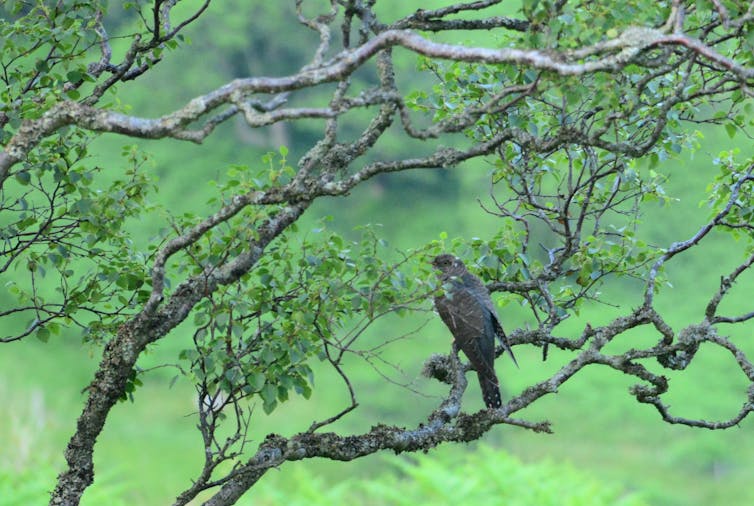
Thanks to all these encounters, we decided to test how the different grazing treatments affected the species richness of breeding birds. Over the first two years, we found that there was basically no difference. But another decade on and there were clearly more bird species found in the ungrazed areas compared to the other experimental plots.
A fractious debate
It was not only bird species richness that needed time to respond to the change in grazing management. Although plant structure responded early, it was not until 2017 – 14 years since the experiment began – that an effect on plant species richness could be detected. In this case, the variety of species was greater in the intensively grazed areas, probably because the livestock holds back fast-growing plants from dominating. Whether this would remain the same in another decade is far from clear.
The ungrazed areas in our study, meanwhile, showed more shrub and tall-growing plants after a bit more than a decade. There were also patches of deciduous tree species, which were not there when the experiment commenced.
Rewilding is such a fractious debate because of the difficulty in obtaining solid scientific evidence on which to base decisions. It takes a very long time – far longer than our political cycles, most research studies, perhaps even a lifetime – to determine what the ultimate effects of large scale land management on the environment are. In our experiment, changes have been very slow. Pakeman explained to me that this is partly expected in cold and infertile habitats but another reason for slow responses is that plant communities exist in a sort of “mosaic”, with each community having a different preference for the grazers. He continued:
The long history of grazing has meant that the most highly preferred communities show little response to grazing removal as they have lost species capable of responding to this change.
There is no one management practice which creates the perfect environment. Some bird species (skylark and snipe) were only found in grazed areas. Other species were more abundant in the ungrazed areas. There is no one size fits all.
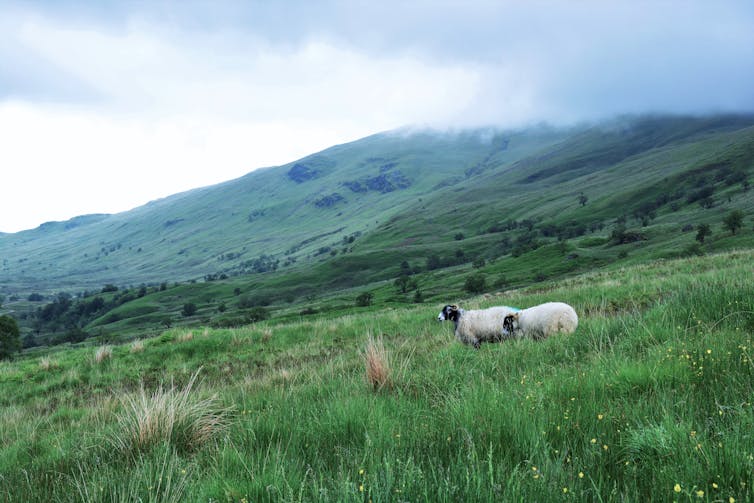
But much more consideration and effort needs to be given to unattended land and its potential for boosting biodiversity. There is no single answer to what is the best alternative, but our experiment indicates that a mosaic of different grazing types and shrub or woodland would be more suitable if the aim is to increase biodiversity, carbon uptake and habitats for endangered species.
The experiment also showed that changing the management had no effects on plant diversity and bird species richness in the first years. But this may only be the beginning of the transformation. Another decade of no grazing may result in even higher, or lower, species richness. This shows how important it is to be patient in receiving the effects of land management on plants and wildlife.
Using existing evidence
Our results bring some experimental evidence to the debate around sheep farming versus rewilding. Hopefully, decisions around new policies and subsidy systems will be based on such evidence. As new policies are formed, there will inevitably always be winners and losers, among both humans and wildlife, according to which habitat types receive more support.
Biodiversity is incredibly important. It creates a more resilient ecosystem that can withstand external stresses caused by both humans and nature. It also keeps populations of pollinators strong. At the moment, perhaps the most current and urgent reason is that it could be instrumental in protecting us from future pandemics. A wider range of species prevents unnatural expansions of single species, which can spill over their diseases to humans.
But preserving biodiversity is just one element of long-term environmental aims. Other processes, such as increased flood protection and carbon storage, which both can be achieved through more vegetation, may soon become more prevalent.
There are therefore several biological processes pointing towards public gain from increasing the area of unmanaged land. Across Europe, land is being abandoned due to low profitability in farming it. There are predictions that the amount of abandoned land in Europe will increase by 11% (equivalent to 200,000km² or 20 million ha) by 2030. This is often reported negatively, but it does not have to be. The problem most people see with land abandonment or rewilding is the decrease in food productivity, which will have to increase in order to feed a growing human population.
But as Richard Bunting at the charity Rewilding Britain explained to me, a decline in food production could be avoided, while increasing the areas subject to rewilding to 10,000km² (a million hectares) by the end of the century:
We’re working for the rewilding of a relatively small proportion of Britain’s more marginal land. One million hectares may sound like a lot, but there are 1.8 million hectares [18,000km²] of deer stalking estates and 1.3 million hectares [13,000km²] of grouse moors in Britain. In England alone, there are 270,000 hectares [2,700km²] of golf courses.
As farmers and other upland land owners may be opposed to the idea of rewilding, I also asked him how this would work in practice. He told me that he believes farming and rewilding could work well together, but he had some caveats:
We do need conversations around fresh approaches to the way farming is carried out and how land is used. A key point here is that for farmers, engaging with rewilding should always be about choice, as we seek a balance between people and the rest of nature where each can thrive.
There are many ways to rewild. The Woodland Trust have been successful in restoring ancient woodlands and planting new trees by protecting them from large herbivores such as deer and livestock. Another method is to let “nature have its way” without intervening at all. This has been successful in restoring natural habitats, including woodland, such as the Knepp estate in West Sussex, which Isabella Tree has made famous in her book Wilding.
After 19 years of no conventional management, The Knepp estate now hosts a vast range of wildlife, including all five native owl species, the rare purple emperor butterfly and turtle doves. Large herbivores, including both livestock and deer, graze the area on a free-roaming level. These animals are replacing the large natural herbivores such as aurochs, wisent and wild boar which would have grazed the area thousands of years ago.
So there is room for discussion on what environmental and financial benefits there may be of different rewilding, or woodland restoration projects, and where they are most suitable.
The first thing to do, I think, is to diversify the types of land management championed by the government through subsidy. Natural habitats could be increased through more financial benefits to landowners for leaving land unattended, while improving public interest in visiting woodlands and thereby the support for preserving wild habitats.
Meanwhile, long-term research of land-use change would give us a better evidence base for future decisions. But this must go hand in hand with much needed serious evaluations of rural communities’ long-term income opportunities under alternative management scenarios, which will always be a cornerstone in land use politics.
Lisa Malm, Postdoctoral Fellow, Ecology and Environmental Sciences, Umeå University
This article is republished from The Conversation under a Creative Commons license.


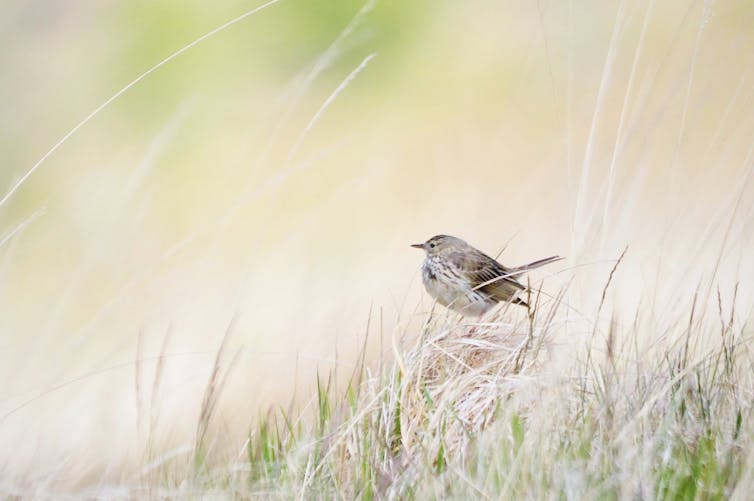
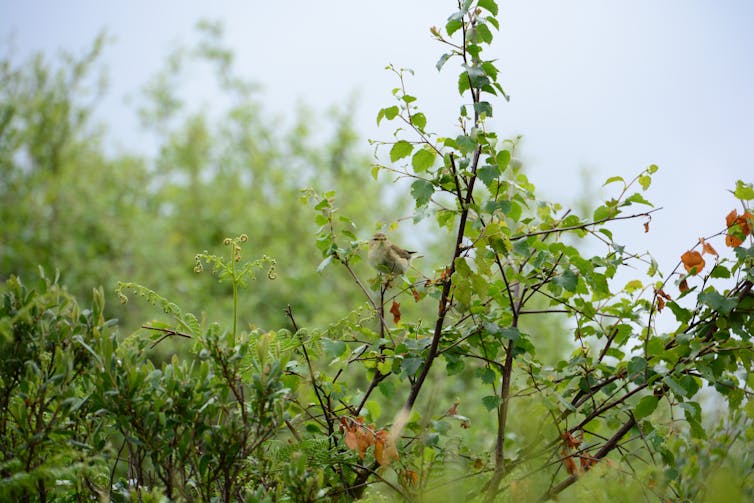
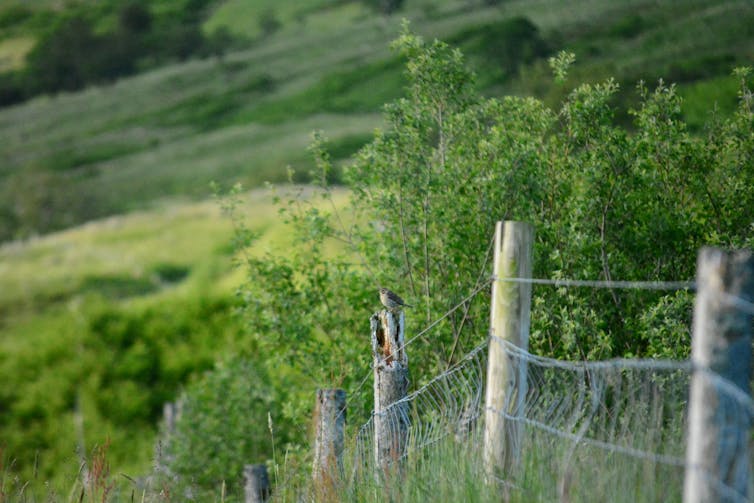

Leave a Reply